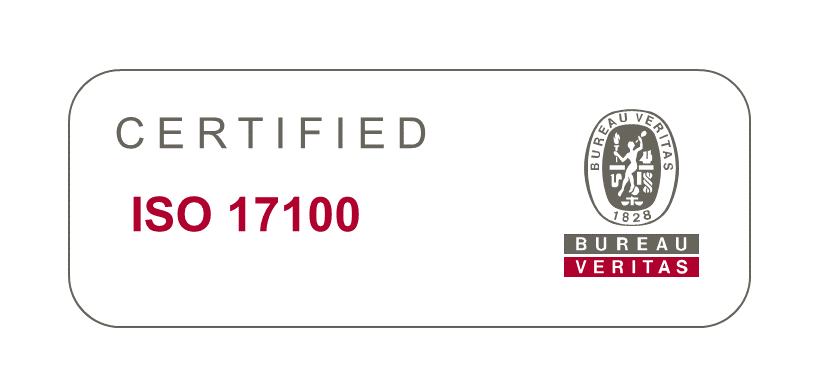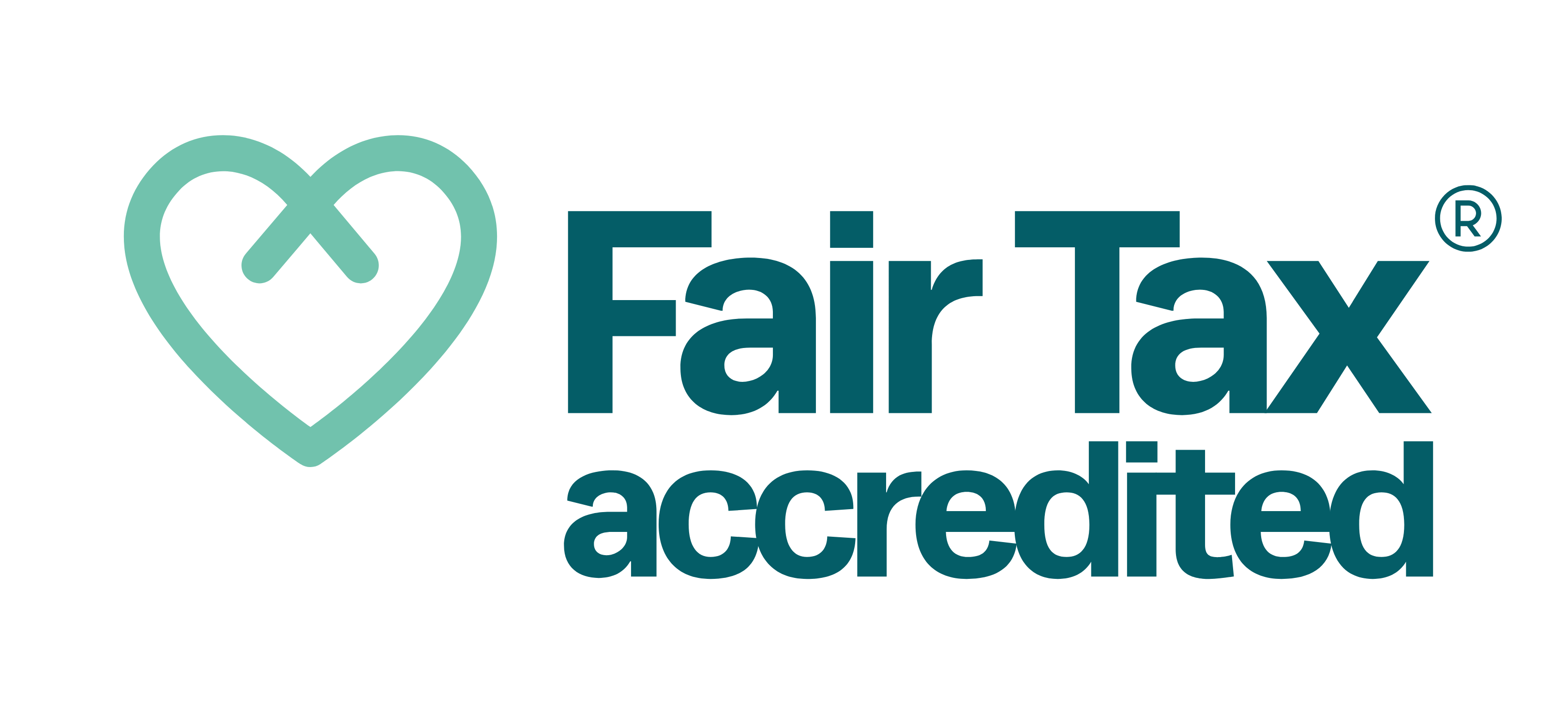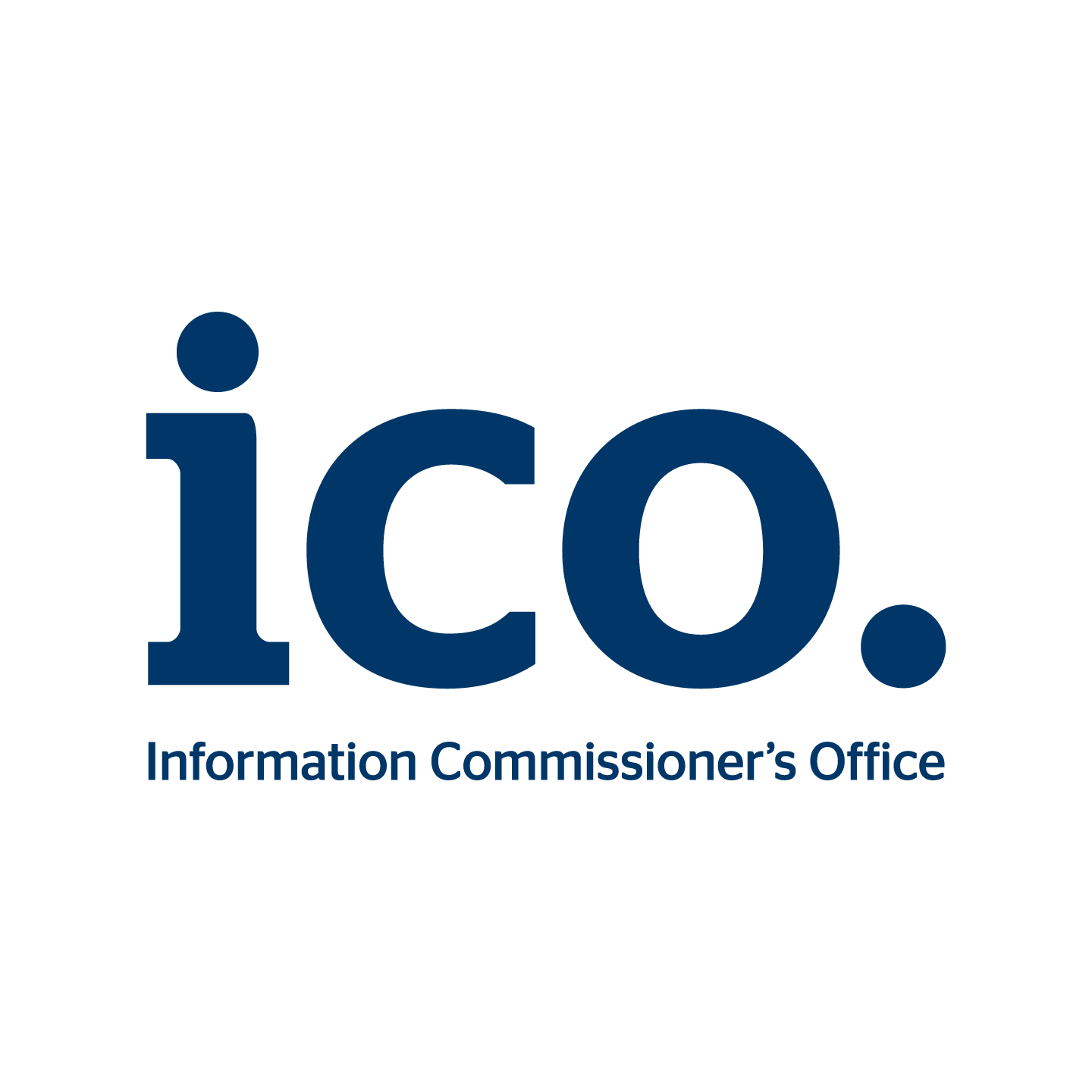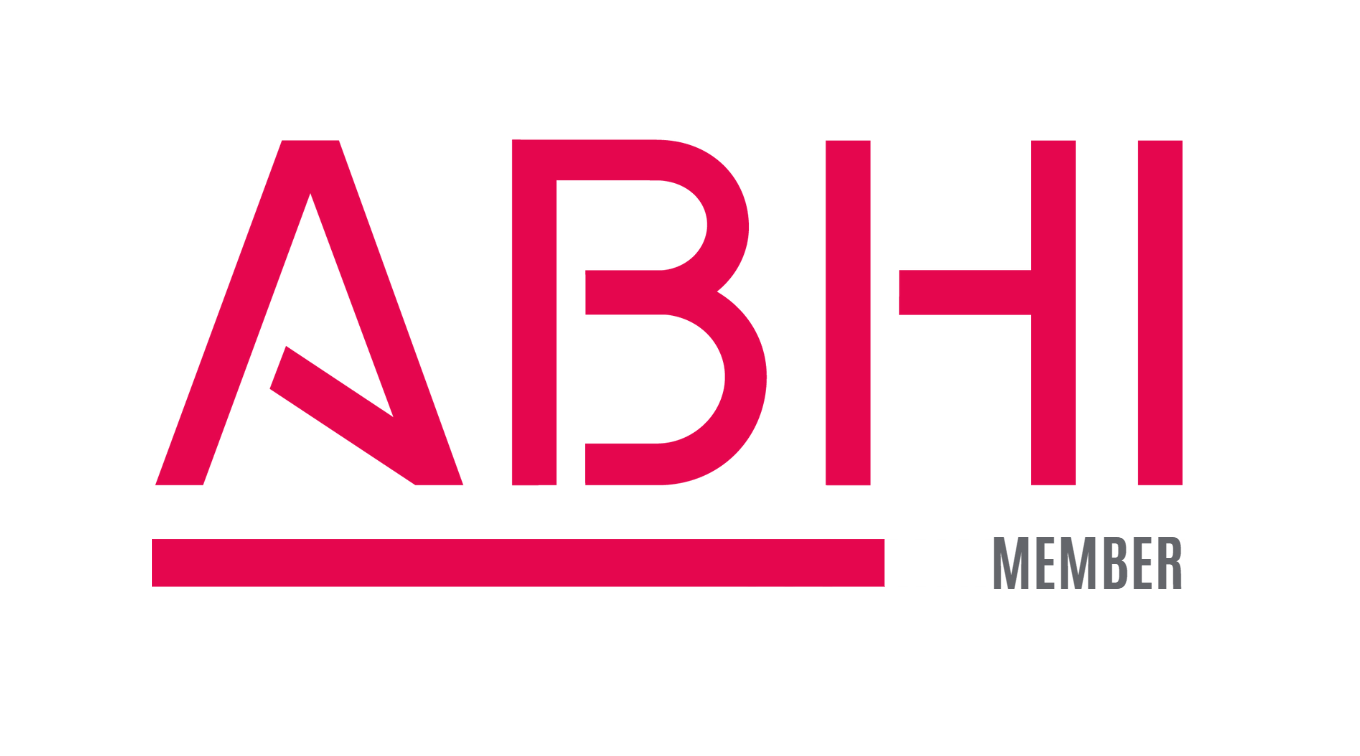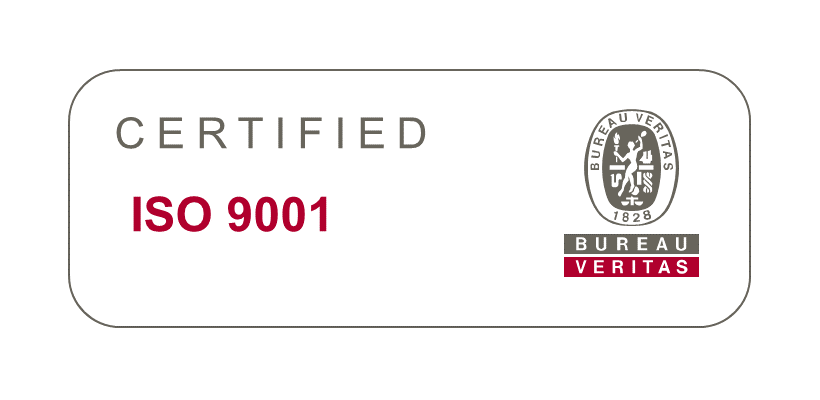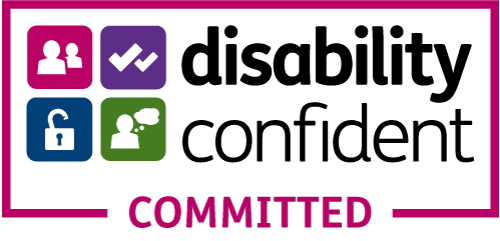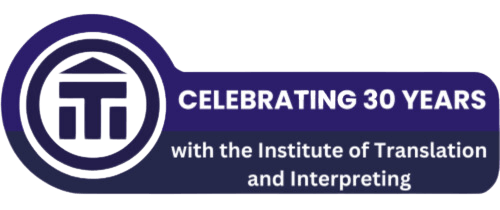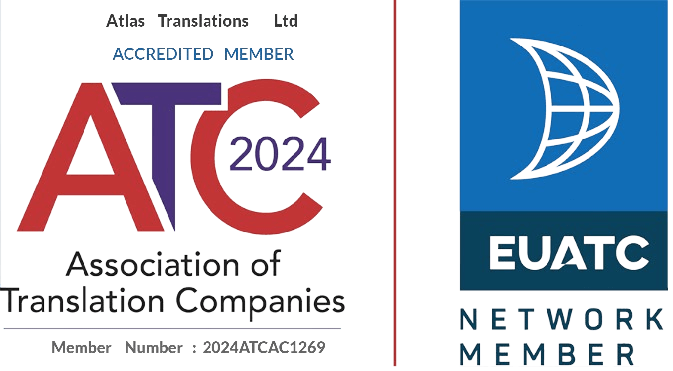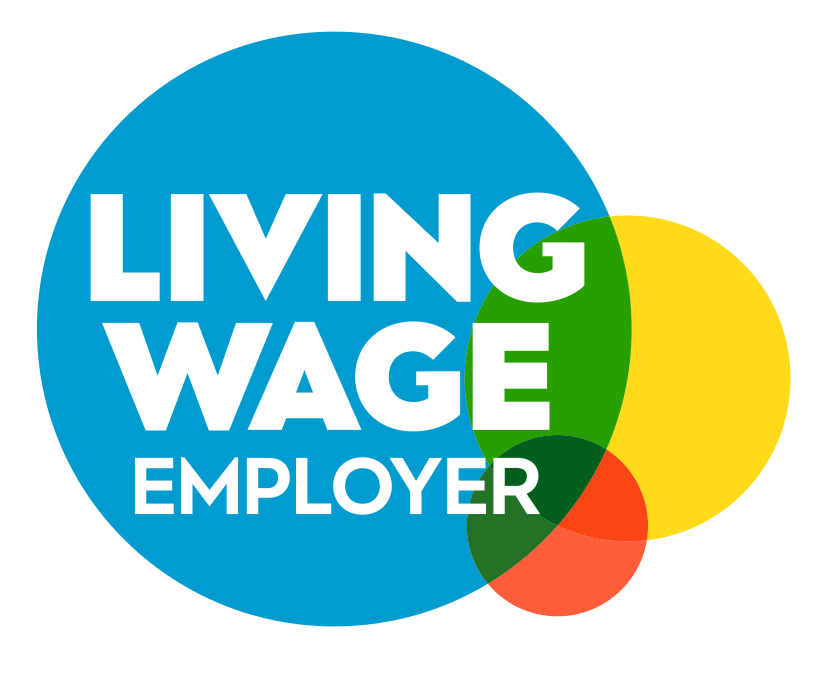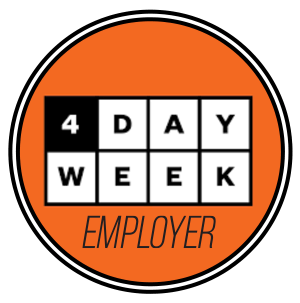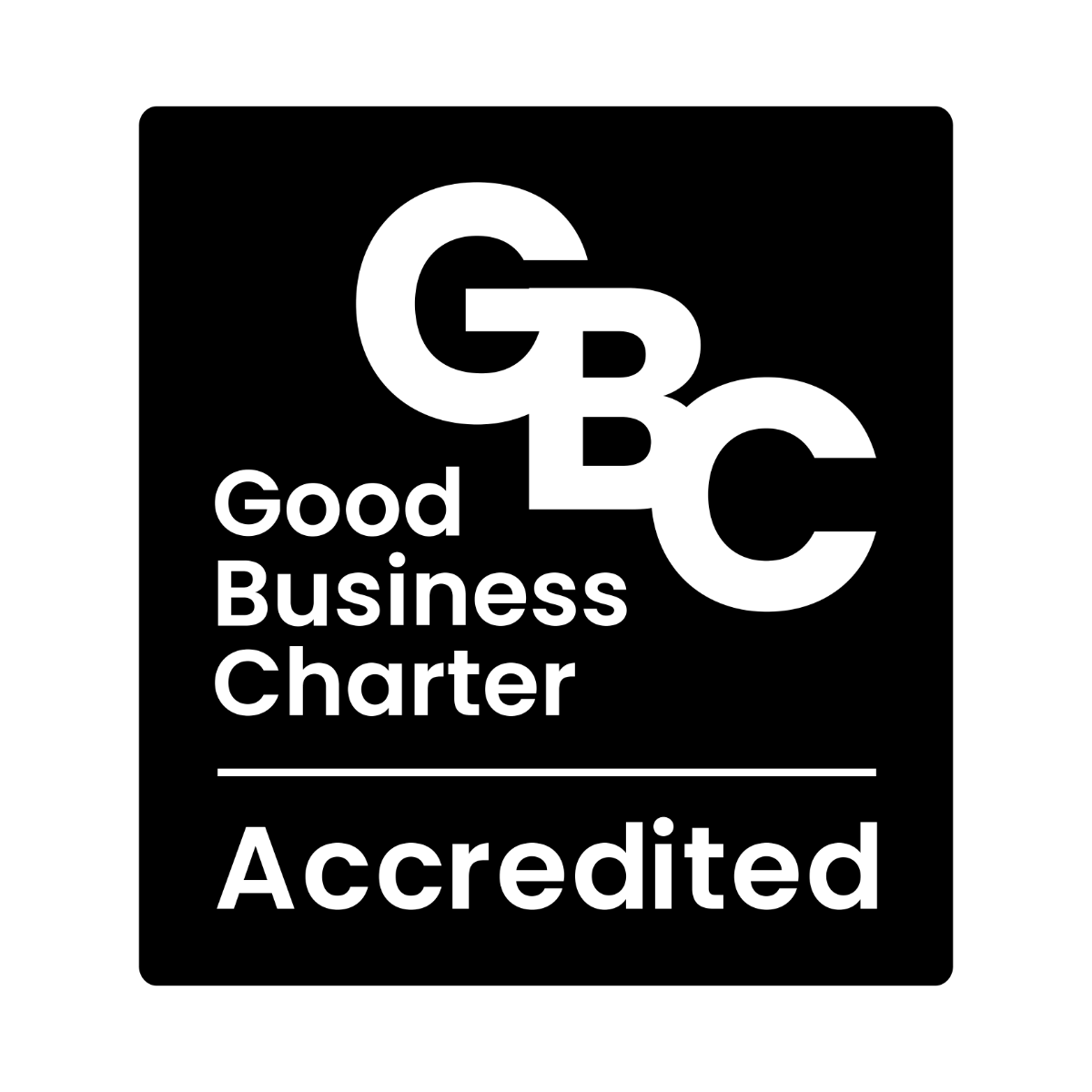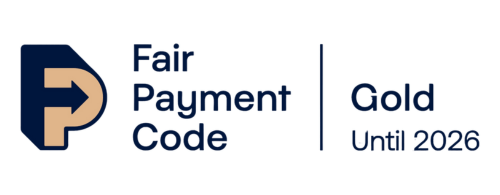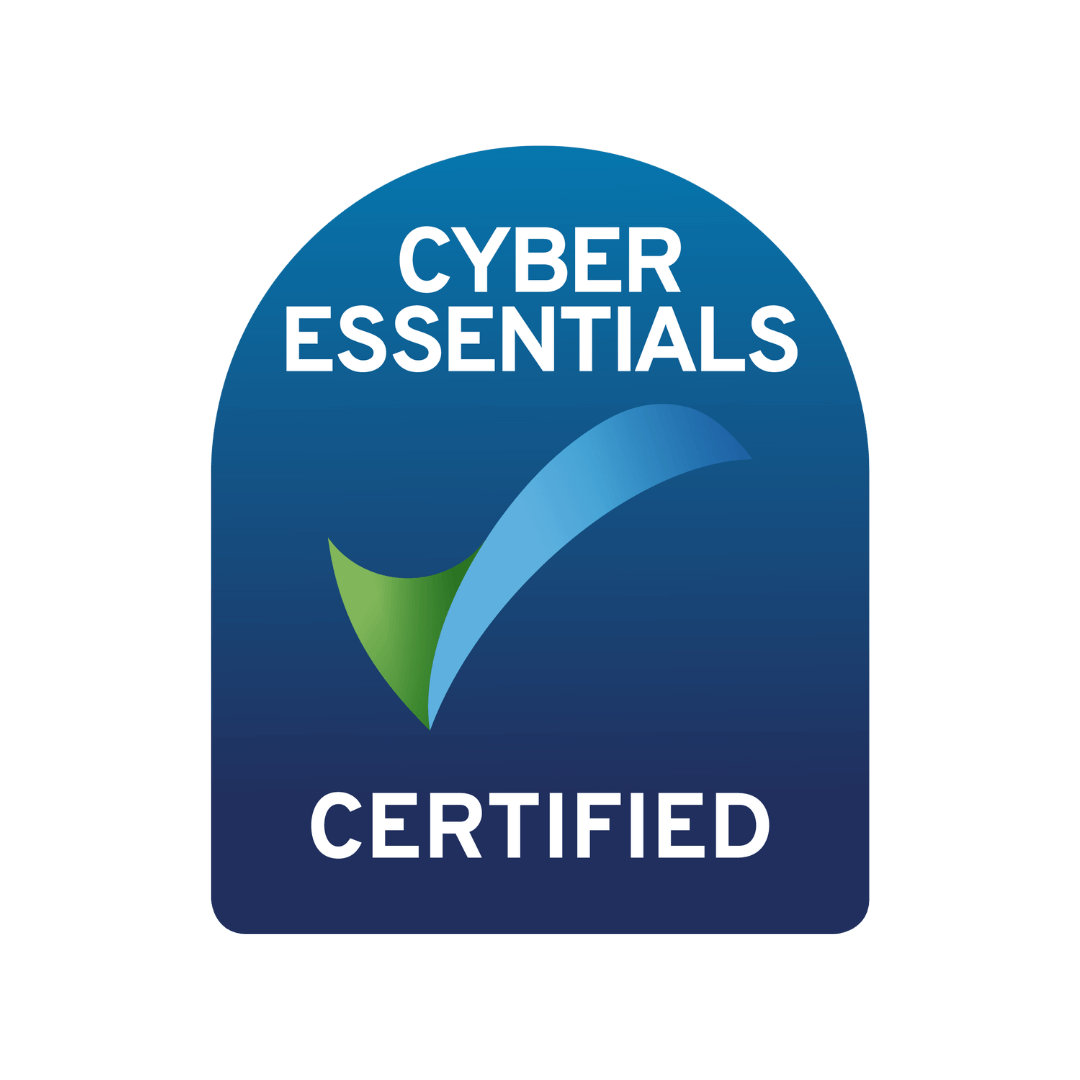Translation Agency Tips: #31 Marketing Translations
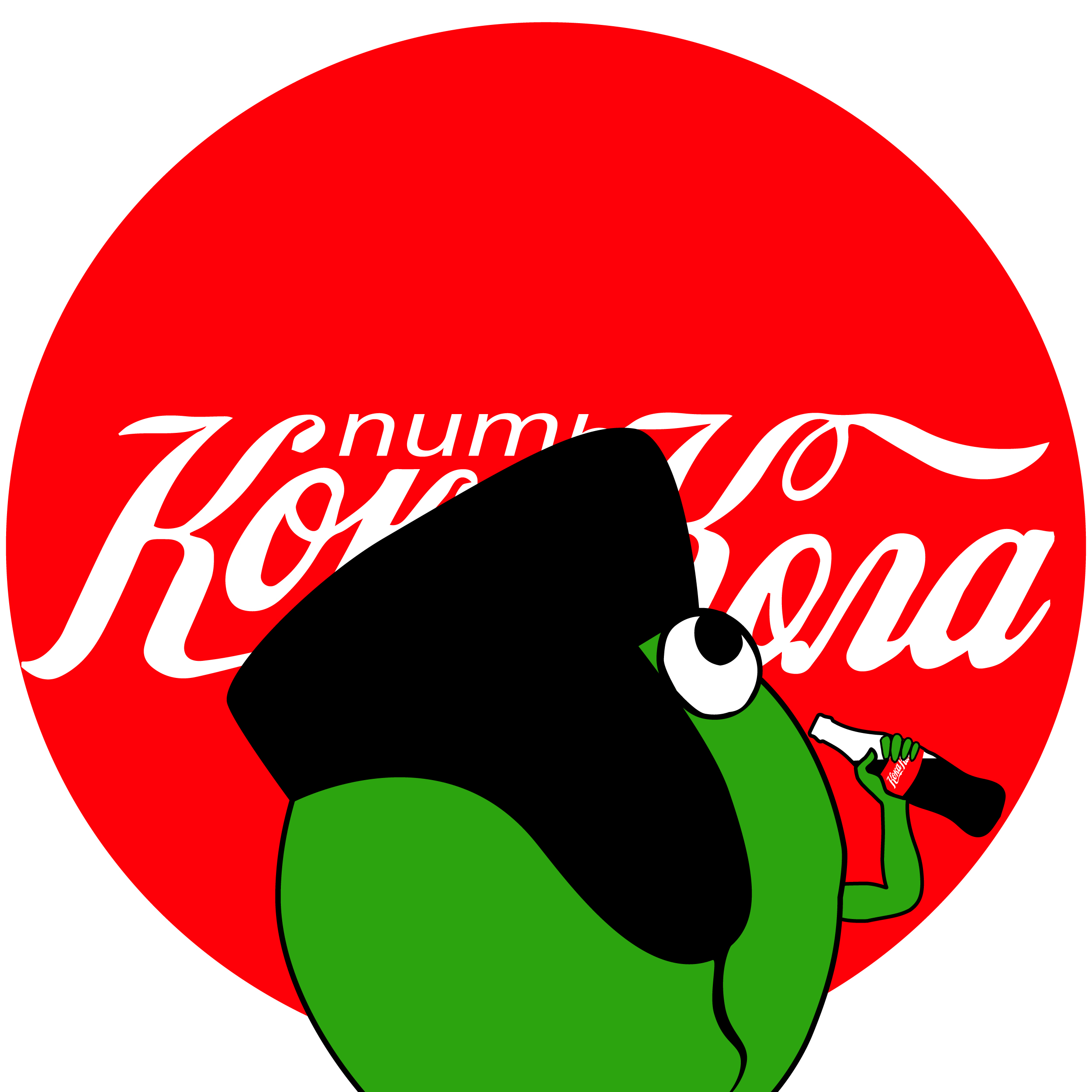
The three most popular subject areas we receive texts for translation in, are legal, medical and marketing. While it is common knowledge that legal and medical texts, (which are known for their technicality, and often written in a language unto themselves) require translators who specialise in these fields to work on them, the same can actually be said for marketing translations and advertising texts. Lacking the technical terminology which is immediately obvious upon inspection of legal or medical texts, marketing materials may initially seem straightforward to translate, and at a glance present little or no surface difficulties with such technical terminology. However, these marketing texts are carefully and deliberately structured in a certain way, and do require the attention of translators who specialise in this area. It is important not to underestimate these materials when working on them.
Our first piece of advice is to read the source text extra carefully. Try to think about the purpose of the text – WHAT is the author trying to achieve, and HOW are they doing it? Getting this right is vital to producing a translation which achieves the same effect as the source document does. When translating, the ‘HOW’ may be subject to change according to what works in your language, but the ‘WHAT’ should always remain the same. If you’re unsure about anything, ask your client for clarification. It is better to do this as early on in the project as possible to avoid any potential delays.
Ask your client for a style guide. Even if it is not in the language you’ll be translating in, a style guide will provide an insight of how your end client likes their written communications to come across to the reader, and will give you an idea of how the translation should read. The first time you work with a client on any marketing translations or advertising materials, ask to see any previous translations, even if the client wasn’t happy with them – this will at least give you an idea of what to avoid! Spend some time browsing the internet to try and get a feel of the end client’s brand and how they try to market their product(s). Marketing texts are often heavily stylised and a lot of thought will have been put into the style, so it is important to try and match this in the translation if possible. Do consider if the style would be appropriate in your language though! What is deemed friendly and informal in one language could be seen as rude and offensive in another. Be sure to explain this to your client, and try to flag any issues with the style with your client.
Taglines and slogans are of paramount importance in marketing and branding. If you have to translate these, consider what will work in the target language. More often than not it won’t be a straightforward translation, and here is where transcreation comes in. For those unfamiliar with the term, transcreation is the process of adapting a message from one language to another, while maintaining the meaning and purpose of the original. For example, if the source contains a phrase or tagline which makes perfect sense in English such as ‘It’s all Greek to me!’, but does not make any sense in the target language, you’ll need to come up with something new that is different but carries the same meaning. Explain to your client that you can’t provide a literal translation that will make sense, and back-translate the translation into English so they understand the literal meaning. You could even provide a couple of options so the client can go with their preference.
Lastly, try to think about the audience that the materials you are translating is aimed at. What is the demographic? How old will the reader be? This should help you with the tone of your translation. Ask your client if this is not clear. As a native speaker of the target language, you will probably know the target audience better than your end client, so be sure to raise anything you consider to be problematic!
Please get in touch if you think we’ve missed anything out!

